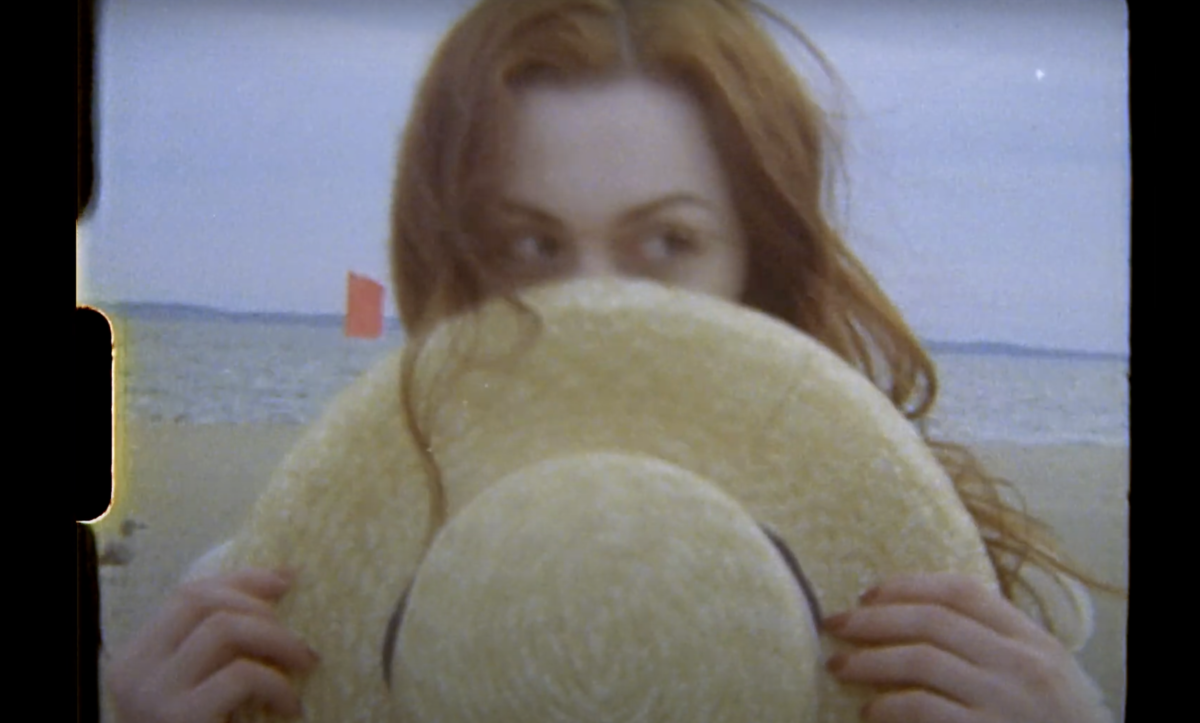Roy Lichtenstein Research Paper
John Gregorios
New York City College of Technology
Roy Fox Lichtenstein was born on October 27, 1923 in the city of New York. He was a prominent pop artist in the year 1960’s working with other pop artists like Jasper Johns, Andy Warhol and James Rosenquist. He was known to be on the leading figures in the new art movement, Pop Art. Roy Lichtenstein’s work got my attention due to the reason that most of his work was mostly a parody of the works of art that was very popular at the time. “His artwork was considered to be “disruptive”” (“Roy Lichtenstein”) He is mostly well known for his work that was mainly influenced by popular advertising and the comic book style.
His rise to success started after teaching at Rutgers University, and during this time his work was heavily influenced by Allan Kaprow, a fellow teacher at the university. His technique revolved around commercial paintings with addition of cartoon images. It was in 1961 when Italian art dealer Leo Castelli displayed Lichtenstein’s work in his gallery. Roy Lichtenstein’s work was greatly inspired by the emotions of love and war. “His works were inspired by comics featuring war and romantic stories “At that time,” Lichtenstein later recounted, “I was interested in anything I could use as a subject that was emotionally strong – usually love, war, or something that was highly charged and emotional subject matter to be opposite to the removed and deliberate painting techniques”.” (Roy Lichtenstein,2020)
In the year 1963 this was when Roy Lichtenstein fame was growing, not only in the US but also worldwide. With this he resigned at Rutgers University and moved to New York City to concentrate on his work and his painting in the following year, 1964.
However, his rise to fame did not come easy and there was some hindrance. “In February 1943, Lichtenstein was drafted, and he was sent to Europe in 1945. As part of the infantry, he saw action in France, Belgium and Germany.” (Berman, n.d.) This did not stop him from working on his craft however. Throughout his time serving, he was doing sketches of Europe. All artists as the years grow, have intentions to grow, this was not different for Lichtenstein. “Wanting to grow, Lichtenstein turned away from the comic book subjects that had brought him prominence. In the late 1960s his work became less narrative and more abstract, as he continued to meditate on the nature of the art enterprise itself. He began to explore and deconstruct the notion of brushstrokes—the building blocks of Western painting.” (Berman, n.d). With his new found ability, Lichtenstein managed to create three major series in the 1990’s.
During his prime, Roy Lichtenstein had a lot of recognitions and awards. In 1964, Roy Lichtenstein was the first American to exhibit at the Tate Gallery in London. Some recognition he received was in 1977 he got the Skowhegan Medal for painting, in 1991 he received the Creative Arts award in Painting and in 1995 he received the National medal of the Arts just to name a few awards he received during his lifetime. Roy Lichtenstein had a long lasting effect on the art community. Pop art continued to influence art in a major way during the 21st century. Moreover, the major contributors to this movement were Roy Lichtenstein and Andy Warhol.
Works by Roy Lichtenstein
Work Cited
“BIOGRAPHY.” Roy Lichtenstein Foundation, lichtensteinfoundation.org/biographyold/.
Olsen, Annikka. “21 Facts About Roy Lichtenstein.” Sothebys.com, Sotheby’s, 31 Jan. 2019, www.sothebys.com/en/articles/21-facts-about-roy-lichtenstein.
“Roy Lichtenstein.” Wikipedia, Wikimedia Foundation, 2 May 2021, en.wikipedia.org/wiki/Roy_Lichtenstein.




